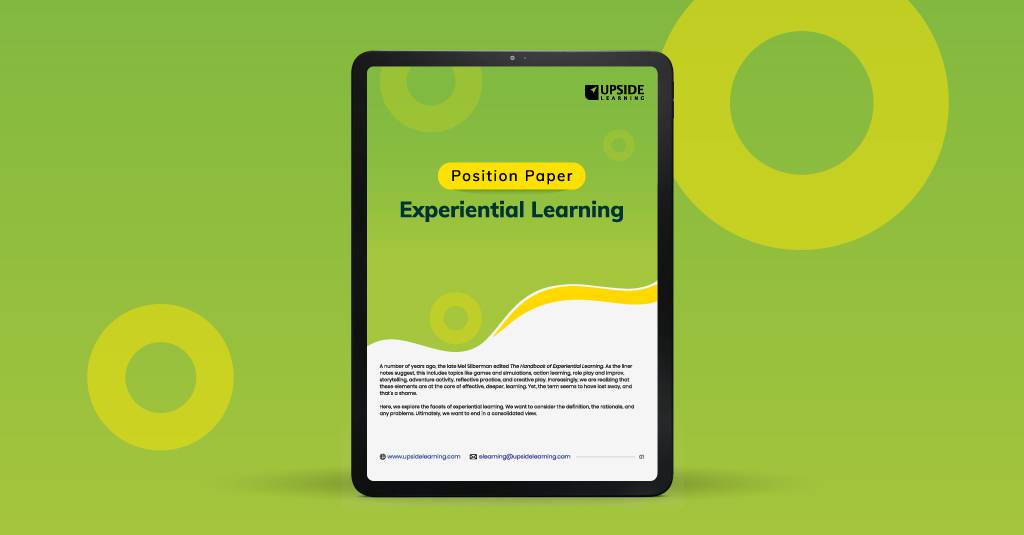Soon after I posted These are Not Serious Games on the blog and there was a flurry of comments over a couple of days that quickly covered some thoughts about Serious Games.
Some of the comments were enlightening and we’d do well to quickly recap of what emerged from the discussion.
| 1. | What’s in a name? “…there is currently no agreed upon definition for ‘game’, ‘simulation’, or ‘serious game…’” When it comes to the label ‘serious’ there is a lot of hair-splitting about whether it’s appropriate or not. Leaving the labels aside, two important messages in the comments that struck me as interesting.
|
||||
| 2. | Fun There seems to be general agreement that digital learning games need to be ‘fun’. For that matter, I’d hazard that any interactive learning experience – game or not – needs to be ‘fun’. While all of us value and find ‘fun’ in many activities. Building it into the design of learning game or simulation poses a type of challenge that most Instructional Designers would shy from. Game developers spend many millions of dollars attempting to build digital interactions that are ‘fun’, surely we could learn much from their experience, the millions notwithstanding. |
||||
| 3. | The value of ‘play’ Play is fundamental to human learning. Don made a great point about the how ‘play’ is what strongly influences learning “You can also play with toys, even though they are not games. I think you can also learn a lot from playing with toys.”
Oftentimes, a lot of learning simulations/games don’t really account for this factor, simple because they are ‘unplayable’. While play may be inherent to human nature, you can’t expect humans to play within an environment that does little to facilitate play. |
||||
| 4. | The Sims3 The Sims3 as an example worked really well. One comment in particular “… the difference between games and simulations is that a game has pre-determined outcomes, a defined purpose and ending if you will, whereas simulations are open-ended and can have many possible outcomes…”
Well, I don’t quite see it like that; ‘a defined purpose and ending’ seems more appropriate an attribute for learning games. One could argue that “all games must have a winning condition that may or may not be pre-determined”.
However, I’d really like if ALL learning games and simulations were open-ended (no pre-determined outcomes) allowing players to actually learn through ‘play’ (See point 3 above). Having a very large number of possible outcomes also allows the simulation/game to model the mechanics of reality better. The real world typically offers infinitely variable outcomes; and is more interesting. This is especially true of a simulation that involves modeling and manipulating human behavior like The Sims. |














